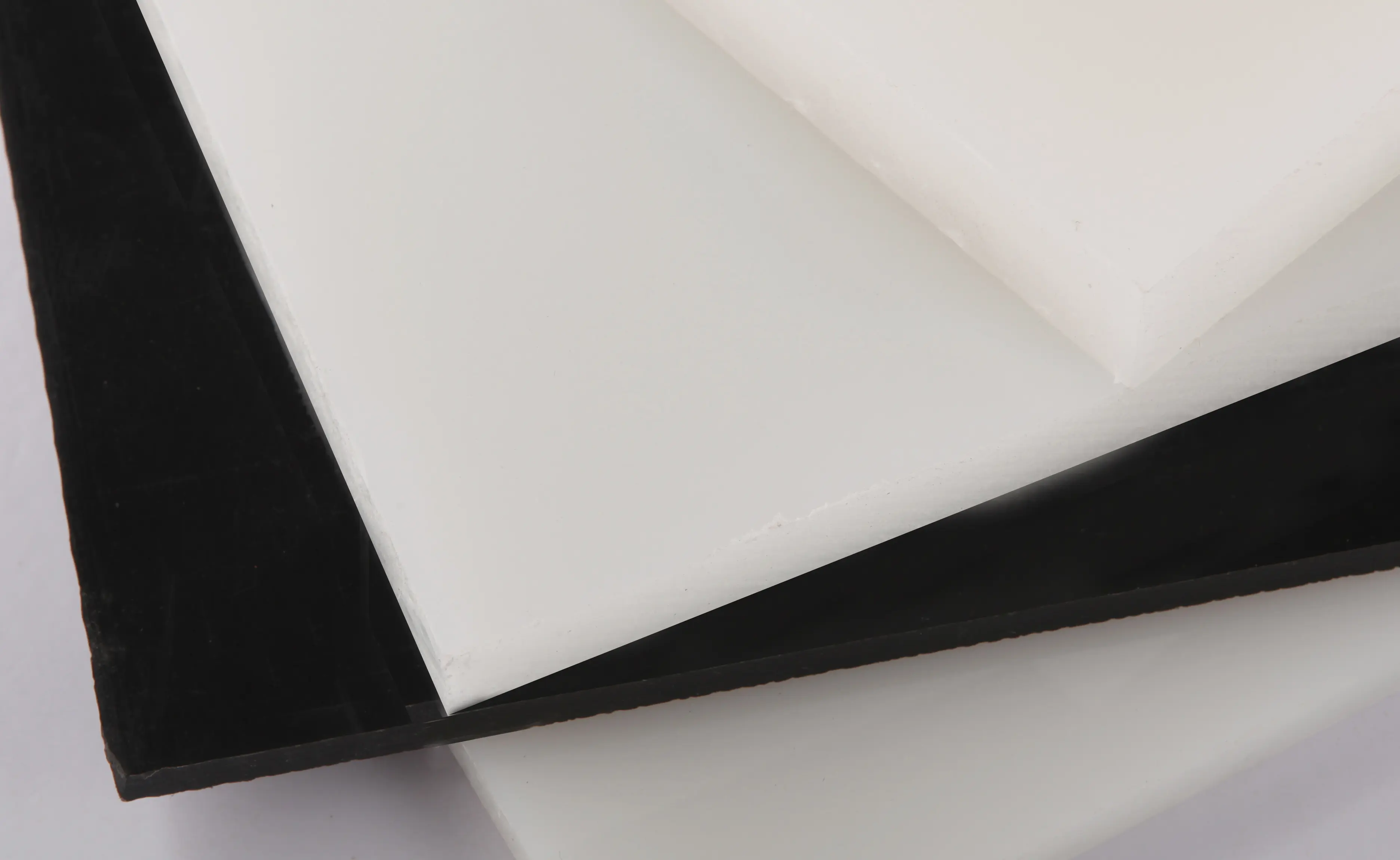Гру . 06, 2024 15:17 Back to list
Understanding Different Types of Pipe Fittings for Various Applications and Solutions
Understanding Pipe Fittings A Comprehensive Guide
Pipe fittings play an essential role in the world of plumbing and piping systems. These components are crucial for connecting, controlling, and directing the flow of liquids and gases in a variety of applications. Whether in residential plumbing, commercial construction, or industrial setups, understanding pipe fittings and their varieties can significantly enhance system efficiency and reliability.
What Are Pipe Fittings?
Pipe fittings are short pieces of pipe used to connect two or more pipes. They are manufactured in various shapes and sizes to accommodate different piping needs. The primary function of these fittings is to change the direction of flow, connect straight sections of pipe, and regulate the flow of substances within a system. Common types of pipe fittings include elbows, tees, couplings, and reducers.
Types of Pipe Fittings
1. Elbows These fittings are used to change the direction of a piping system, typically at a 90-degree or 45-degree angle. Elbows come in various materials, including plastic, copper, and stainless steel, and are selected based on the application and the medium being transported.
2. Tees Tees are T-shaped fittings that allow for the branching of a piping system. They can effectively connect three sections of pipe, enabling the flow of liquids or gases in multiple directions.
3. Couplings Couplings are used to connect two sections of pipe, providing a secure bond and maintaining the system's integrity. There are different types of couplings, including slip, threaded, and welded couplings, each suited for specific situations.
4. Reducers These fittings allow for a change in the diameter of the pipe, facilitating the transition between different pipe sizes. They can be either concentric (with a shared center) or eccentric (offset center) and are critical for controlling flow and pressure in a piping system.
5. Caps and Plugs These fittings are used to seal the ends of pipes. Caps are externally threaded while plugs are internally threaded, and both serve the same purpose of preventing fluid leaks.
Materials Used in Pipe Fittings
pipe fittings

The choice of materials for pipe fittings is crucial and is largely determined by the application and environment
. Common materials include- PVC (Polyvinyl Chloride) Lightweight and resistant to corrosion, PVC is a popular choice for residential plumbing and drainage systems.
- Copper Known for its robustness and resistance to microbial growth, copper fittings are commonly used in water supply lines.
- Stainless Steel Best known for its durability and resistance to high pressure and temperature, stainless steel fittings are ideal for industrial and high-temperature applications.
- Cast Iron Often used for drainage systems, cast iron fittings offer excellent durability and sound-dampening properties.
Importance of Proper Selection and Installation
Selecting the right type and material of pipe fittings is essential for ensuring the longevity and efficiency of a piping system. Incorrect fittings can lead to leaks, pressure drops, and system failures. Furthermore, proper installation is equally critical; improper installation can compromise the integrity of the entire system.
When installing pipe fittings, it is crucial to follow best practices, including ensuring clean and smooth surface connections, using appropriate sealing methods, and checking for any obstructions or debris inside the pipes.
Conclusion
In summary, pipe fittings are indispensable components in plumbing and piping systems. Their various types serve specific purposes, all of which contribute to the efficient flow of fluids and gases. Understanding the different types, materials, and proper installation techniques of pipe fittings is essential for anyone involved in plumbing or construction. By making informed choices about pipe fittings, one can ensure a reliable and effective piping system that meets the demands of the application. Whether you’re a professional plumber or a DIY enthusiast, taking the time to understand these components will lead to better, more durable plumbing solutions.
-
Premium PVC-M Water Supply Pipe - Durable & Efficient
NewsAug.02,2025
-
Premium PP Welding Rod: GPT-4 Turbo Enhanced
NewsAug.01,2025
-
HDPE Drainage & Irrigation Pipe - Durable, Efficient Solutions
NewsAug.01,2025
-
Premium PVC Transparent Pipe: Durable & Clear Solutions
NewsJul.31,2025
-
High-Quality UPVC Electrical Pipe for Safe Wiring Solutions
NewsJul.30,2025
-
Premium PVC Pipe Fitting Supplier – Durable & Leak-Proof Solutions
NewsJul.30,2025

